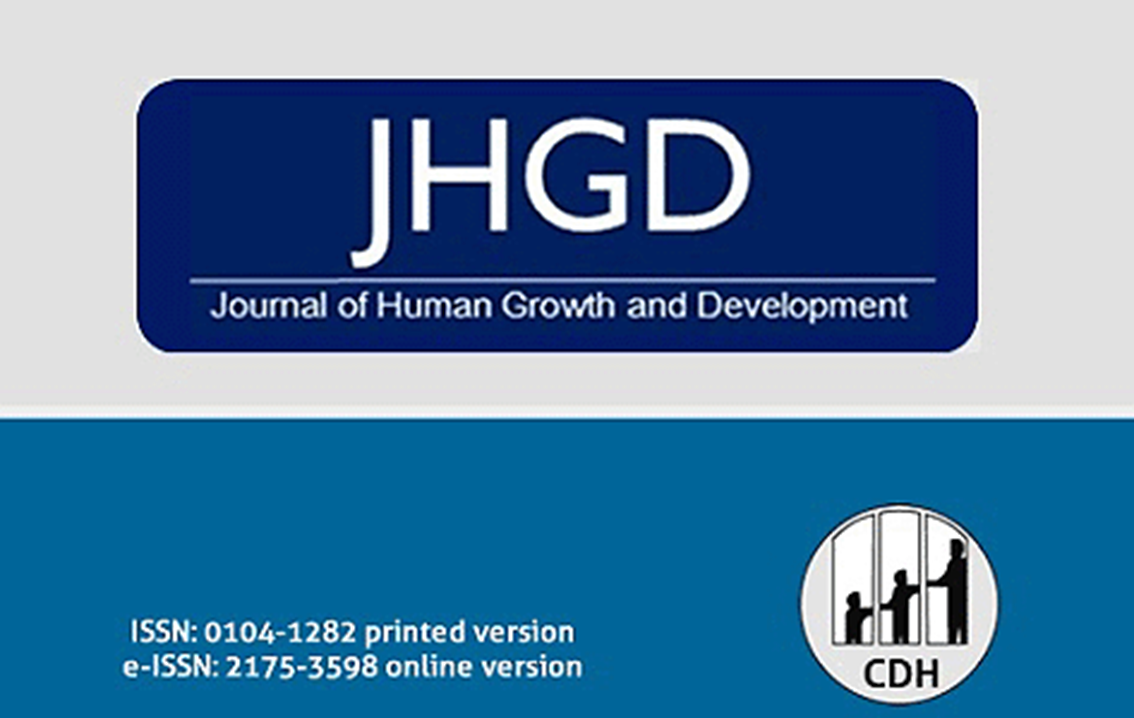Brugada syndrome unmasked by fever and paradoxical lower degree of dromotropic disturbance in the right ventricular outflow tract
DOI:
https://doi.org/10.36311/jhgd.v32.13319Palavras-chave:
Síndrome de Brugada, febre, distúrbio dromótropo, via de saída do ventrículo direitoResumo
A síndrome de Brugada (SBr) é uma entidade arrítmica clínico-eletrocardiográfica hereditária com padrão genético autossômico dominante de herança ou variante de novo. A síndrome tem baixa prevalência mundial, porém sendo endêmica no Sudeste Asiático (Tailândia, Filipinas e Japão). A SBr é uma doença cardíaca minimamente estrutural, sendo o diagnóstico só possível na presença do chamado padrão ECG de Brugada tipo 1 espontâneo ou induzido, por exemplo, a febre. Os distúrbios de repolarização-despolarização em pacientes com SBr podem ser causados por mutações genéticas responsáveis pela migração anormal de células da crista neural, baixa expressão “gap junctions” conexina-43 ou distúrbios do conexoma. Um estudo recente de autópsia revelou aumento do colágeno biventricular com fibrose miocárdica quando comparado aos controles, embora o principal território cardíaco afetado seja a via de saída do ventrículo direito (VSVD). Nessa área, há menor expressão da conexina-43, o que se traduz no ECG-VCG por atraso final de condução do QRS nas derivações precordiais direitas (V1-V2), precordiais direitas altas (V1H-V2H), bem como na derivação unipolar aVR (“a derivação esquecida”). Com base em sua localização, esses eletrodos refletem a atividade elétrica da VSVD.
Downloads
Referências
Dumaine R, Towbin JA, Brugada P, Vatta M, Nesterenko DV, Nesterenko VV, et al. Ionic mechanisms responsible for the electrocardiographic phenotype of the Brugada syndrome are temperature dependent. Circ Res. 1999; 85: 803-9. DOI: 10.1161/01.res.85.9.803
Ortega-Carnicer J, Benezet J, Ceres F. Fever-induced ST-segment elevation and T-wave alternans in a patient with Brugada syndrome. Resuscitation. 2003; 57: 315-7. DOI: 10.1016/s0300-9572(03)00057-1
Catalano O, Antonaci S, Moro G, Mussida M, Frascaroli M, Baldi M, et al. Magnetic resonance investigations in Brugada syndrome reveal unexpectedly high rate of structural abnormalities. Eur Heart J. 2009; 30: 2241-8. DOI: 10.1093/eurheartj/ehp252
Cerrone M. Editorial commentary: Non-invasive tools for risk stratification and treatment in Brugada syndrome: Less is more? Trends Cardiovasc Med. 2021; 31: 330-1. DOI: 10.1016/j.tcm.2020.06.010
Perez-Riera AR, Barbosa-Barros R, Thomaz de Andrade A, Pontes Rodrigues R, Yanowitz F, Daminello Raimundo R, et al. Relevance of the vectorcardiogram in the Brugada syndrome with “northwest QRS axis”. J Electrocardiol. 2021; 66: 125-8. DOI: 10.1016/j.jelectrocard.2021.04.009
Perez-Riera AR, Yanowitz F, Barbosa-Barros R, Daminello-Raimundo R, de Abreu LC, Nikus K, et al. Electrocardiographic “Northwest QRS Axis” in the Brugada Syndrome: A Potential Marker to Predict Poor Outcome. JACC Case Rep. 2020; 2: 2230-4. DOI: 10.1016/j.jaccas.2020.07.037
Downloads
Publicado
Edição
Seção
Licença
Copyright (c) 2022 Journal of Human Growth and Development

Este trabalho está licenciado sob uma licença Creative Commons Attribution 4.0 International License.







